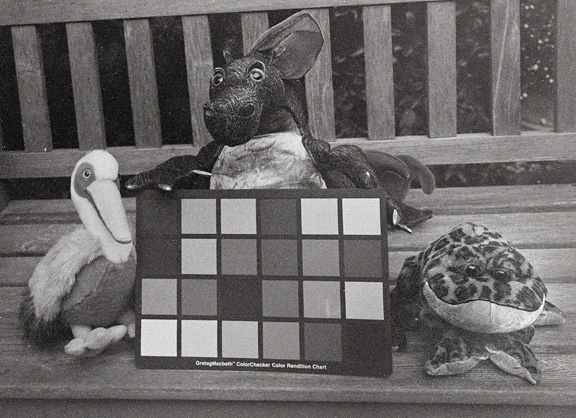
Dry Plate PhotographyExposure and Filters - The Basics |
|
Pete, Puff, and Fred Teach Me About Color
|
 |
| A 2"x1.5" crop from a 4"x5" 'color blind' dry plate exposed with a yellow #8 filter. |
|
Panchromatic films have been around as long as any of us has been alive, and we accept without conscious thought their color and value-rendering characteristics. Panchromatic films allow a great deal of creative control from filters of any number of colors and densities. Filters affect colorblind/'ordinary' and orthochromatic emulsions as well, though in different ways. The potential for creativity is huge. Entire books have been written on the subject. Ansel Adams' first edition of The Negative is readily available and affordable. I highly recommend studying it. For now, this page will report on a bite (i.e. pre-byte) of information at a time, in no foreordained order, as we explore what can be done with homemade emulsions in a non-laboratory darkroom. |
|
||||
|
||||
|
||||
|
|
4"x5" Dry Plate (TLF # 1) / Modern, coated lens / No filter
|
||||
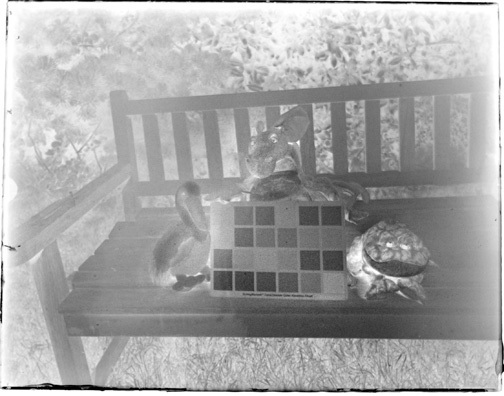 |
|
|||
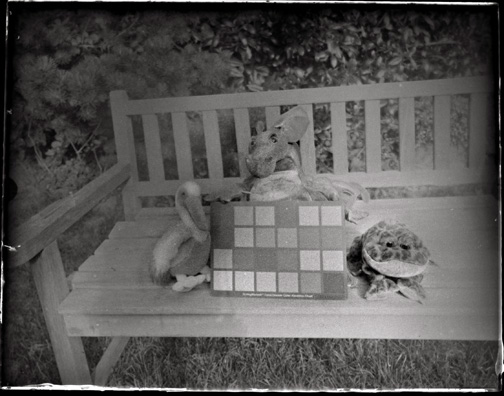 |
|
|||
|
||||
|
4"x5" Dry Plate (TLF # 1) / Modern lens (same as above) / Yellow #8 filter
| |
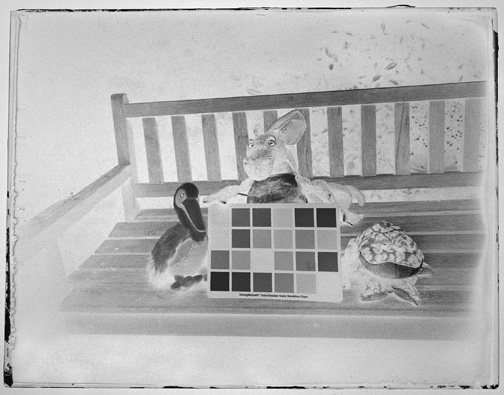 |
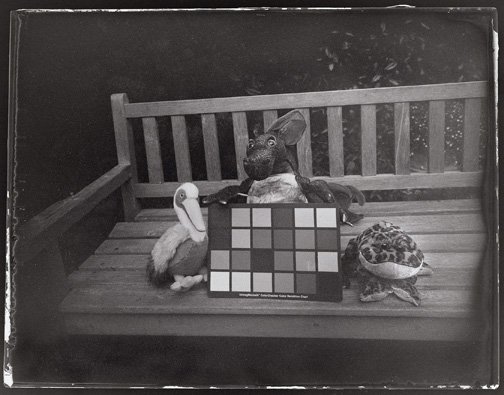 |
|
The yellow filter had a marked effect. The most obvious is the increase in contrast. But, more interesting is the change in color sensitivity. The visual distinction in brightness between Puff's dark purple body and light green belly is recorded, mostly because the purple recorded more faithfully. It's easy to see the emulsion characteristics that gave the portraits of my Scandinavian great-grandparents swarthy skin, white eyes, and dark lips. |
|
|
RECAP:
Below, upper left: Crop from the 'Yellow filter' print. Upper right: Crop from the 'No Filter' print. And, beneath them the K20 'pan' renditions — again, for comparison. |
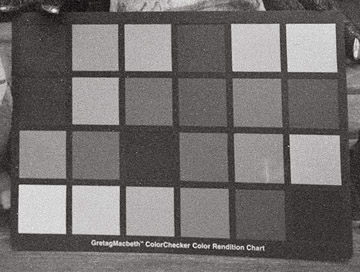 |
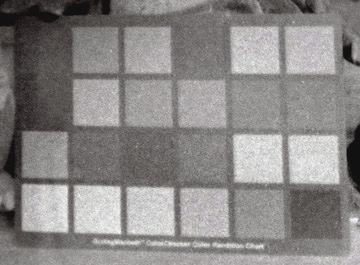 |
|
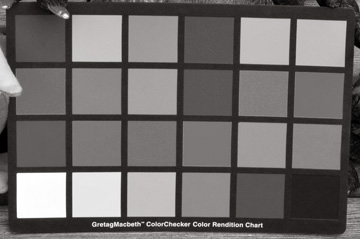 |
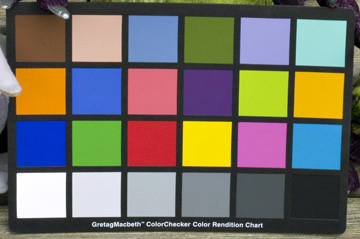 |
|
|
And because Pancho wanted in on the act, he got his picture taken with a yellow filter. He was sitting in open shade, but the filter rendered the scene in high contrast with very thin shadow recording. |
|
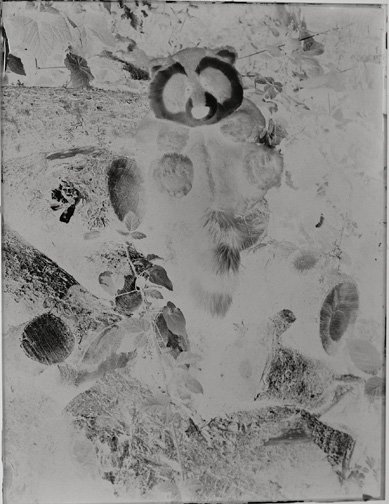 |
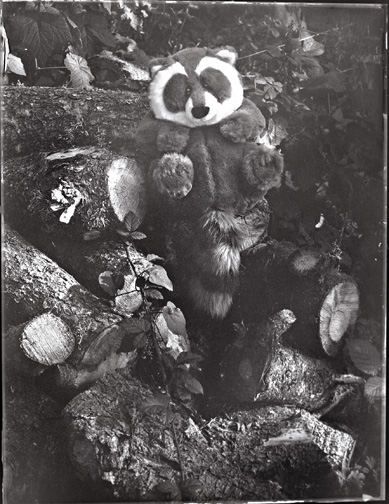 |
|
Old Lenses
|
|
| In addition to filters (and soon, the addition of various sensitizers) I'm interested in the effect of lens characteristics on what we think of as 'the old look'. Below is a 4"x5" dry plate (TLF 1) exposed with a very old, uncoated lens. I love the softness of the image, but from this example, it would seem that modern lens coatings don't effect color rendition. Note the white semi-circles on side edges of the plate. This is from exposure masking from the type of plate holder I used for this exposure. More about that in the 'Tools' section. | |
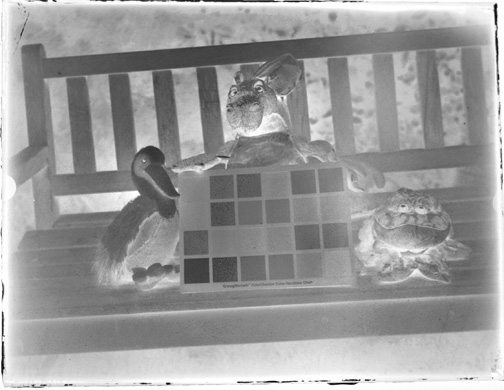 |
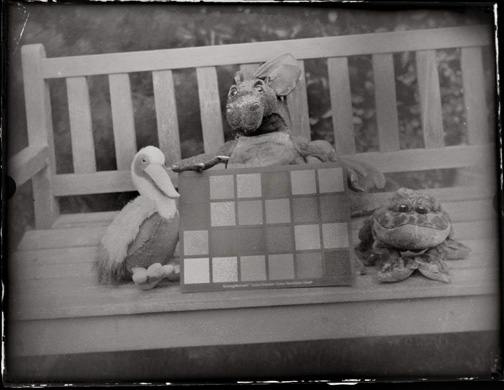 |
|
Replace This Text in js
Replace This Text in js
|
Copyright © The Light Farm |